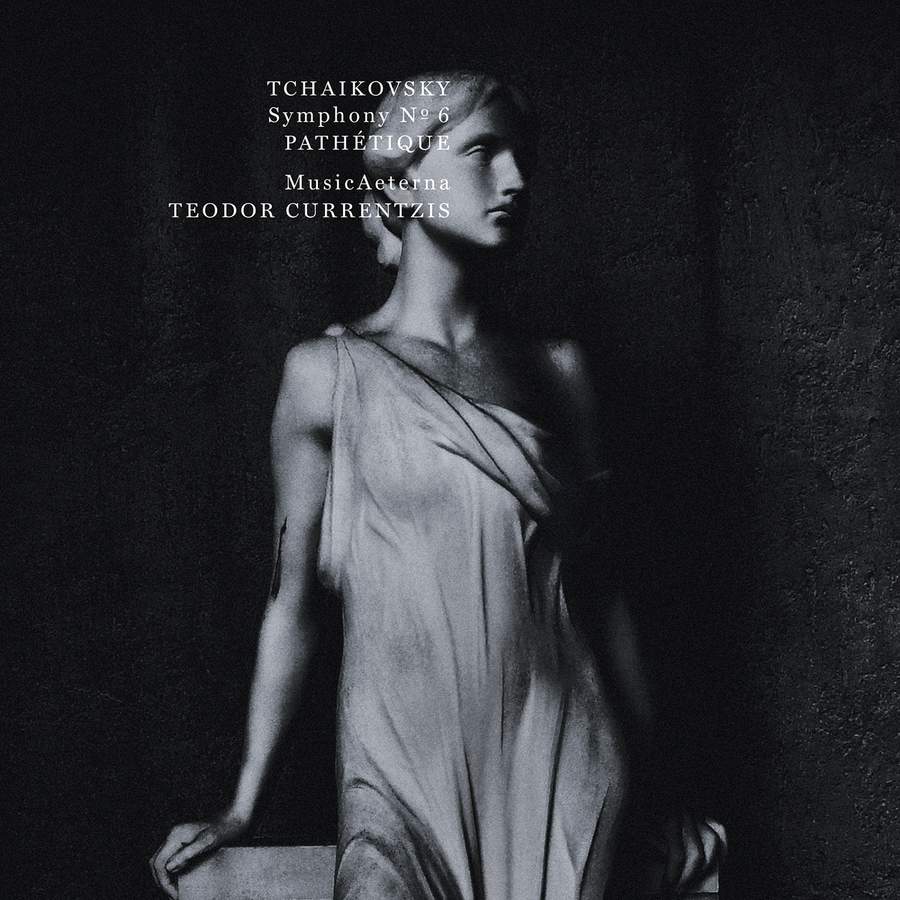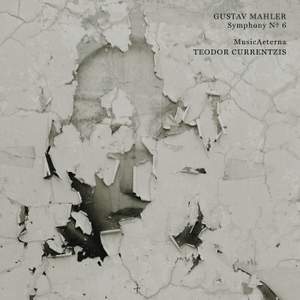Letter from Shenzhen (21-15): Conducting Hi-Fi
Streaming Classical (21-5): Teodor Currentzis
Revised 9/29/21: Minor corrections. And, article in question identified with help of reader.
Most musicians don't go to great lengths for music reproduction. Indeed, many sneer at audiophiles (they are right in most instances). Classical musicians, especially those who primarily play in orchestras, should be the most skeptical as, frankly, most audio systems fail miserably in simulating the full orchestra. Jazz is much easier to reproduce, which is likely why we find many jazz (and pop) musicians, such as those profiled by Ken Micallef in his excellent Stereophile and Youtube series, with decent systems. Another reason is these musicians are likely to be much more in contact and in sympathy with amplification and technology in their various routines.
Classical musicians, especially conductors, spend a huge amount of time studying the scores, which cannot be aided electronically. Unlike instrumentalists, who can work out the score on their instruments, the conductor has to use his imagination on how to combine the myriad strands and, of course, sometimes listen to how others do it (maybe).
I am not aware of any report on conductors with "high-end" systems (if you know some, give us a shout). But, yesterday, in resurrecting a phone I had not used for months, I discovered in it a snapshot of a magazine page (above), which I must have taken in Hong Kong late last year. I must have wanted to write about it, but now I have no recollection (maybe I was intoxicated but, hey, my hands were not shaking when I took the pic!) ! By its looks I had guessed it was a page from Grammophone and I thank reader Harald for confirming it (full article link here).
Teodor Currentzis is a star. He is director of the MusicaAeterna Orchestra in Perm, Russia, a Siberian city known for its culture (after St Petersburg and Moscow). He has single-handedly put this orchestra on the map with his "sensational" recordings (Sony mostly, with a few on Alpha). You should stream a few of them. Try first the Stravinsky (my first encounter with him, and recommended in this blog; what marvelous cover art!), Mahler and Tchaikovsky (followed by Beethoven 5th). Now, this is a conductor who micro-manages everything, including the recording. Not everyone will take to him or the sound. I follow him, though I may not like everything he does. In a way, he can be compared to Khatia Buniatishvili on the piano, but I can still follow his whims in ways that I could not for the latter.
It's astonishing that the article says he has six hi-fi setups!!!!!! The speakers listed include Tannoy Westminster, Wilson, B and W, Focal. He swears by ANUK amps and cables, and would love to get Western Electric. Holy! He should bring his formidable orchestra to HK and I'll make sure my friends arrange demonstrations of WE for him.
By extrapolation, you can see where his sympathies lie. Tubes in general and ANUK would not be a good match for Wilson, B and W and Focal. So, we know he likely likes high-efficiency loudspeakers, like Tannoy. I predict he will eventually get into horns.
The article also reveals him as a tinkerer. He obviously thinks a lot of time should be spent on post-production. I am sure he'd love to spend days equalizing the multiple feeds of the recording. This is a conductor who not only conducts on the podium, but also at the console (he'd not be the only one; early on, Stokowski took greatest interest in this area too).
We catch more hints of Currentzis' ways in JVS' review of Tchaikovsky Pathetique in Stereophile: "...(in the booklet) Currentzis extends his thanks...to Peter Qvortrup and Audio Note UK Ltd. I don't know any details, but it's possible Audio Note had something to do with the huge amount of air that surrounds the remarkably three-dimensional, studio-recorded orchestra, as well as the notably strong bass foundation that underscores Currentzis' understanding of Tchaikovsky's intent. You can hear every musical gesture and, when the going gets especially intense, some of the conductor's breathing..."
JVS waxes lyrics about the "devastating" impact of the account. While I agree it is very hifi, even intense and worth hearing, I am not so sure it is all geared towards emotional connection. The comments are interesting as many readers and colleague Kal Rubinson posted. Personally, regarding the music, I am glad I heard it but, in contrast to many of the reviewers, I am not sure Currentzis has added much to my understanding (same with his Beethoven). To be fair, this recording is almost universally praised by all the classical magazines!
The thread is also interesting in that JVS and many readers commented on the sonic aspects. Many find it unsatisfactory and too close-up. In my system, I have no problem with it; in fact, I enjoy the extra details on offer. Sony almost always does a great job in recording. One can do a good recording with plenty of hall sound, but one can also do a good close-up recording. An audio system must be able to bring out the virtues of both - if it does not and cannot tolerate more upfront recordings, it is likely too lean sounding and in need of tempering.
If you are interested, please stream this Tchaikovsky and post what you think of both the interpretation and the recording! I'd love to hear from you.
And then there is Currentzis' Mahler 6th, which again JVS calls "devastating". It is of the same fabric as the Tchaikovsky, but at twice the length of course. I liked it, but, again, did not find the emotional connection. In fact, often the sound conjured seem to me more suitable to Tchaikovsky than Mahler. JVS is a nice fellow, and emotionally generous, but I think that hampers him as a critic of both equipment and music (memorable critics all have their own quirks and sardonic moments). Of course, I look at it with tainted glass too, as I frown upon the type of equipment he (meaning JVS) has and is called upon to review. Honestly, I'd not know how to write reviews on that type of equipment...All that said, the Mahler is still quite worth hearing (because it is very different), but emotionally it is a far cry from many other accounts. I grew up with Nonesuch LPs (of UK Unicorn origin) of the Swedish conducted by Horenstein. Critics had problems with the level of playing and aspects of interpretation, but I still don't after all these years - it just seems emotionally connected! More recently, I recall the devastating live performance by the NYPO conducted by the wonderful Simone Young (who stood in for Jaap van Zweden, my luck). No individual episodes that are supposed to shock, but an account that had a truly inexorable momentum. When Young finally lowered her baton, I watched the first violist wiped off a bit of tears from the corner of her eye. Now, that was devastating!
It seems that parallels can be drawn for conductors and hi-fi. Some conductors prefer warmth and comfort (tube); some like precision and a sharp leading edge (some solid state; though some SET is not far behind); others are more eclectic (hopefully the case for Currentzis).
It is important to note that these, to me, are excellent sounding recordings that give thrills, important to us audiophiles. Try them and have your opinions!
Pics from my favorite restaurant in Shenzhen, Shanghai Food 老大昌
Spicy Eight Treasures 八宝辣酱 and real Hot and Sour Soup 正宗酸辣汤
(note the clear broth, which has slivers of sea cucumber 没有酱油,有海参)
Jelly Fish 海蜇头 and braised gluten 烤麸
Stir Fried Eels 炒鳝糊 and Fish in Wine Sauce 糟溜鱼片




























